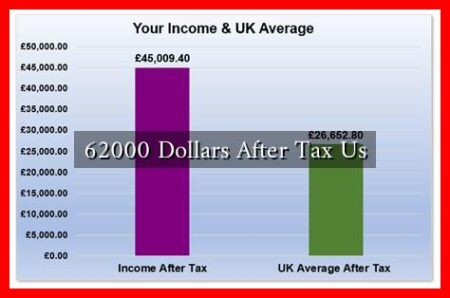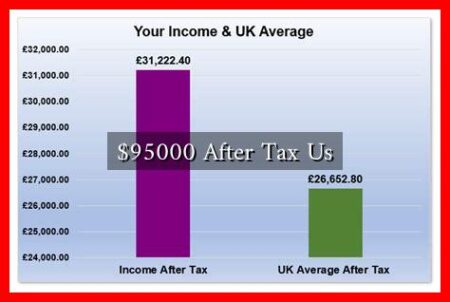-
Table of Contents
Understanding Capital Gains Tax on U.S. Stocks
Capital gains tax is a crucial aspect of investing in U.S. stocks that every investor should understand. This tax applies to the profit made from selling an asset, such as stocks, and can significantly impact your overall investment returns. In this article, we will explore the fundamentals of capital gains tax, its implications for stock investors, and strategies to manage this tax effectively.
What is Capital Gains Tax?
Capital gains tax is a tax on the profit realized from the sale of a non-inventory asset. In the context of U.S. stocks, it applies when an investor sells shares for more than their purchase price. The Internal Revenue Service (IRS) classifies capital gains into two categories:
- Short-term capital gains: These are gains from assets held for one year or less. They are taxed at ordinary income tax rates, which can range from 10% to 37% depending on your income level.
- Long-term capital gains: These are gains from assets held for more than one year. They benefit from lower tax rates, typically ranging from 0% to 20%, depending on your taxable income.
The Importance of Holding Period
The holding period of an asset is critical in determining the applicable capital gains tax rate. For instance, if you buy shares of a company and sell them within a year, any profit will be subject to short-term capital gains tax. Conversely, if you hold those shares for over a year, you will qualify for the more favorable long-term capital gains tax rate.
Consider the following example:
- You purchase 100 shares of XYZ Corp at $50 each, totaling $5,000.
- After six months, you sell the shares for $70 each, totaling $7,000.
- Your profit is $2,000, which will be taxed as a short-term capital gain.
Now, if you had held those shares for 18 months before selling them for the same price, your profit would still be $2,000, but it would be taxed at the long-term capital gains rate, potentially saving you a significant amount in taxes.
Current Capital Gains Tax Rates
As of 2023, the long-term capital gains tax rates are structured as follows:
- 0%: For individuals with taxable income up to $44,625 (or $89,250 for married couples filing jointly).
- 15%: For individuals with taxable income between $44,626 and $492,300 (or $89,251 to $553,850 for married couples).
- 20%: For individuals with taxable income exceeding $492,300 (or $553,850 for married couples).
These rates can change based on legislative actions, so it’s essential to stay informed about any updates from the IRS or consult a tax professional.
Strategies to Minimize Capital Gains Tax
Investors can employ several strategies to minimize their capital gains tax liability:
- Hold investments long-term: As discussed, holding stocks for over a year qualifies you for lower tax rates.
- Tax-loss harvesting: Offset gains by selling underperforming stocks at a loss. This strategy can reduce your overall taxable income.
- Utilize tax-advantaged accounts: Investing through accounts like IRAs or 401(k)s can defer taxes on capital gains until withdrawal.
- Consider your income level: Timing your sales based on your income can help you fall into a lower tax bracket.
Conclusion
Understanding capital gains tax is essential for any investor in U.S. stocks. By recognizing the differences between short-term and long-term capital gains, staying informed about current tax rates, and employing effective strategies to minimize tax liability, investors can enhance their overall investment returns. As tax laws can change, it is advisable to consult with a tax professional or financial advisor to tailor strategies to your specific situation. For more detailed information, you can visit the IRS website.


